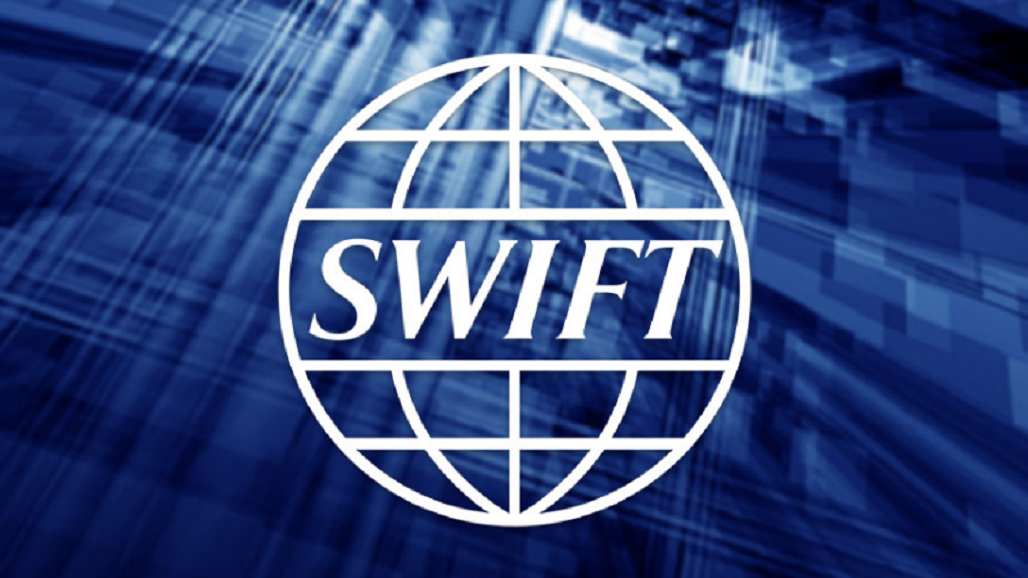Society for Worldwide Interbank Financial Telecommunications (Swift) has reported that 89% of transactions processed on its network were able to reach recipients’ banks within an hour.
This progress in cross-border payments surpasses J targets set by the Financial Stability Board (FSB), as part of a G20 roadmap, which aims to have 75% of recipients receiving cross-border retail payments within an hour by the end of 2027.
“Swift has announced strong progress towards the goal set by the G20 for enhancing cross-border payments,” Shirish Wadivkar, MD and global head of wholesale payments and trade strategy at Swift.
“Our strategy is laying the groundwork for instant, frictionless, and interoperable end-to-end international transactions.”
Just one intermediary
Meanwhile, data from Swift also showed that 84% of all payments on its network are conducted directly or only through one intermediary bank. This, as the team said, has challenged previous assumptions that multiple intermediaries were needed for a single cross-border payment.
“The transparency that GPI provides gives senders a complete insight into the route a payment takes and the banks that handled it across the chain,” Wadivkar said.
“This has led to banks selecting routes with the least number of correspondents, improving speed and costs of cross-border transactions.”
Wholesale payments remained an aspect where improvements were needed, as only 60% of them reach customer accounts within an hour at present, the Swift team pointed out.
Regulatory controls, batch processing and opening hours of market infrastructure were identified as some of the factors behind this figure.
Wholesale Payments
Similar to retail payments, a 75% target was also set by the FSB in terms of the portion of wholesale payments to be credited within an hour of payment initiation or pre-arranged settlement date. For remittances, the same benchmark was set for payments in every corridor to provide availability of funds for recipients.
“In 2023, we witnessed a significant increase in the adoption of central bank digital currencies (CBDBs), a trend that is likely to continue,” Wadivkar said.
As a great of central banks have been focusing on CBDCs’ domestic usage through their own unique infrastructures, this could lead to “digital islands”, a landscape that Swift hopes to address, he said.
“As development progresses based on varying central bank arrangement and their parameters, CBDCs and established infrastructures will need to co-exist as the industry moves towards trails and system integration.”
This boils down to a problem of interoperability, where free transaction flows are enabled among various CBDC platforms in a global trading scenario.
“Interoperability to tackle different technical, regulatory, and market-related elements will be essential in facilitating seamless cross-border payment transactions,” he added.
Corporate Treasurer


Leave a Reply